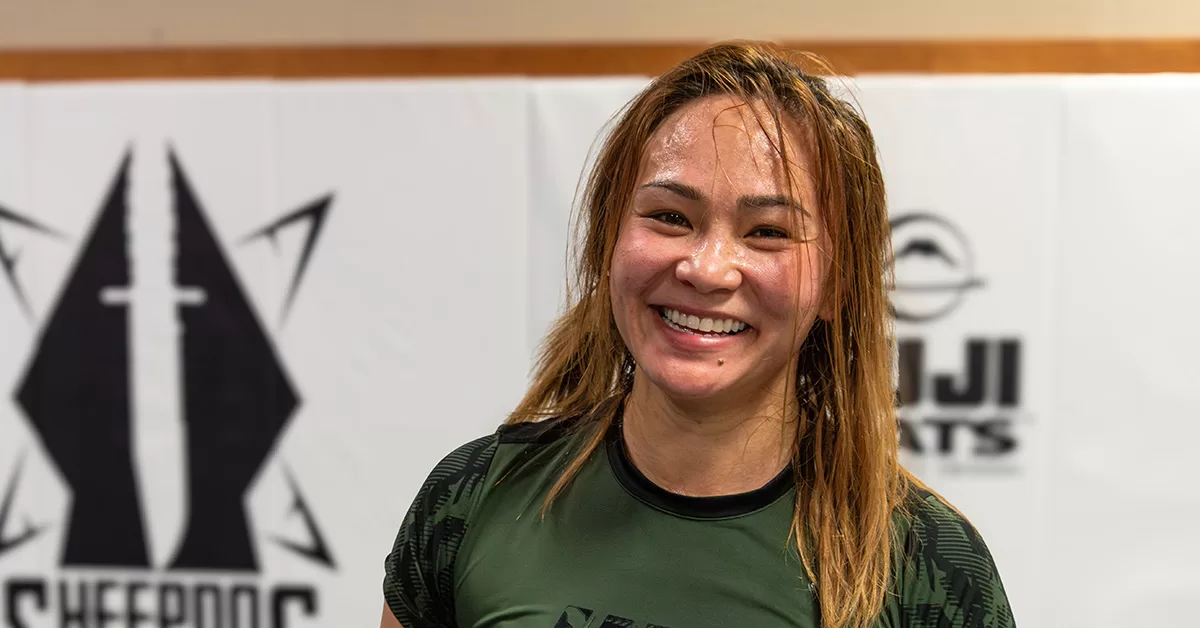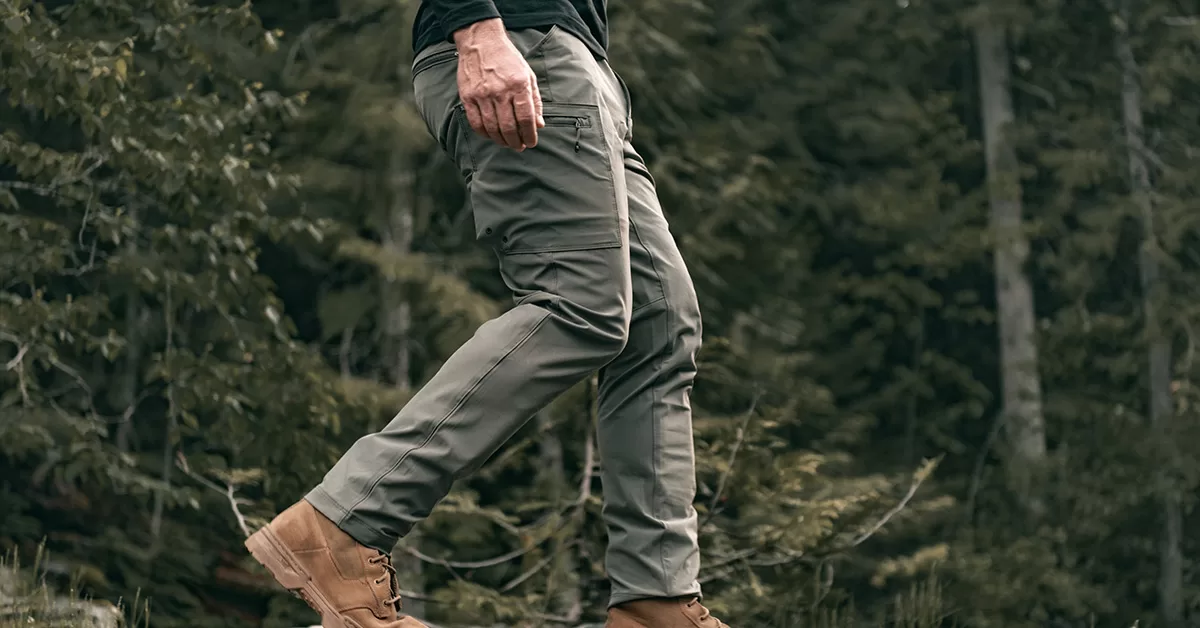Plate Carrier vs Chest Rig – What’s the Difference?
Plate carrier and chest rig are terms often used by people interchangeably. They share similarities, but they are, in fact, two different pieces of equipment with very specific uses.
Choosing one depends completely on its intended use. Read on to learn the differences between the two.
What is a Chest Rig?
A chest rig is a piece of gear that can be worn on your chest to hold tactical equipment, such as magazines, a radio, knives, and other useful tools. Chest rigs are constructed of nylon and other synthetic materials that help keep them light. They do not typically have body armor inside them, whether hard or soft.
Isn’t a chest rig just another name for a tactical vest? No, although they are similar in some respects. In fact, a tac vest can be used in the same manner as a chest rig. A tactical vest wraps around your body and features an assortment of pouches and storage compartments to hold your gear.
When deciding whether to go with a chest rig, the most important thing to remember is that chest rigs are not bulletproof. They don’t offer any sort of bodily protection to the wearer. Nor do they have anywhere to put body armor. They are strictly for carrying important tactical equipment in a convenient location.
What is a Plate Carrier?
A plate carrier is a piece of equipment designed to hold plates, or body armor for protection. Constructed of nylon or other synthetic materials, the plate carrier itself does not provide protection. The plates that you add to the carrier are what help keep you safe.
Plate carriers with body armor are designed to protect your vital organs – specifically the heart and lungs. Body armor is classified at levels based on the amount of protection and caliber bullet they can stop. Usually, plate carriers hold a level III, level IIIA, or a level IV hard armor plate.
Plate Carrier vs Chest Rig
Plate carriers and chest rigs have two distinct and separate uses. One is to protect you from bullets and could save your life, while the other is to conveniently carry gear like extra magazines, radios, knives, and other tools. Once you determine your needs, you can decide which is right for you.
The other option that some people utilize is to wear a chest rig over a plate carrier. Although this adds even more weight to your person, you get the benefit from the body armor protection along with the convenience of easily accessible equipment, including extra magazines and ammo.
Soft Armor vs Hard Armor
There are two types of body armor – soft and hard. As the names imply, each offers a certain degree of protection.
Soft body armor is constructed out of synthetic materials like nylon, which help make it much lighter than its counterpart. Soft armor is available in three levels – NIJ IIA, II, and IIIA. This means that it is capable of potentially stopping a bullet from a pistol or a shotgun round. Larger threats require a greater level of protection, which is where hard armor comes in.
Hard armor includes the plates that you can fit inside your tactical plate carrier. These are constructed out of different metals, including ceramics. They are not only heavier than soft armor, but also less flexible, meaning it will take time and a bit of practice to get used to the extra bulk and restriction to your body movements.
Hard armor should be used when the potential threats include a rifle shot or heavier gunfire. If all these threats are possible and you’re not sure what type of armor to use, combine soft and hard body armor for greater protection against all threats.
Plate Carrier Sizing and Wear
Once you’ve determined to wear a plate carrier, you must figure out what size you need.
First, decide the size plates you want to carry, and then choose the plate carrier based on the size of the plates. You want to ensure the plates fit the carrier so you can comfortably wear them while ensuring you’re fully protected.
Keep in mind that there is no industry standard when it comes to sizing. Manufacturers design plate carriers and plates based on their research and experience. Make sure you’re matching up the dimensions of the plates and carrier, so they fit well and are tailored to your body.
Whether we’re talking about civilians or military personnel, the number one mistake when it comes to plate carriers is wearing them incorrectly. Remember that the sole purpose of the plates is to protect your vital organs, not your entire upper body.
The front plate should be centered and level on the front of your body so that the top lies level with the top of your sternum. The rear plate must be even, or slightly higher, than the front plate is. Make sure you don’t let that rear plate drop too low, or you won’t be adequately protected.
Plate Carriers by 5.11 Tactical
Plate carriers are excellent for self-defense for when things go South, but can even be used in more casual settings such as in workout routines as “weight vests”.
5.11 offers a full collection of high-quality, durable plate carriers in a wide variety of sizes, styles, and colors.





